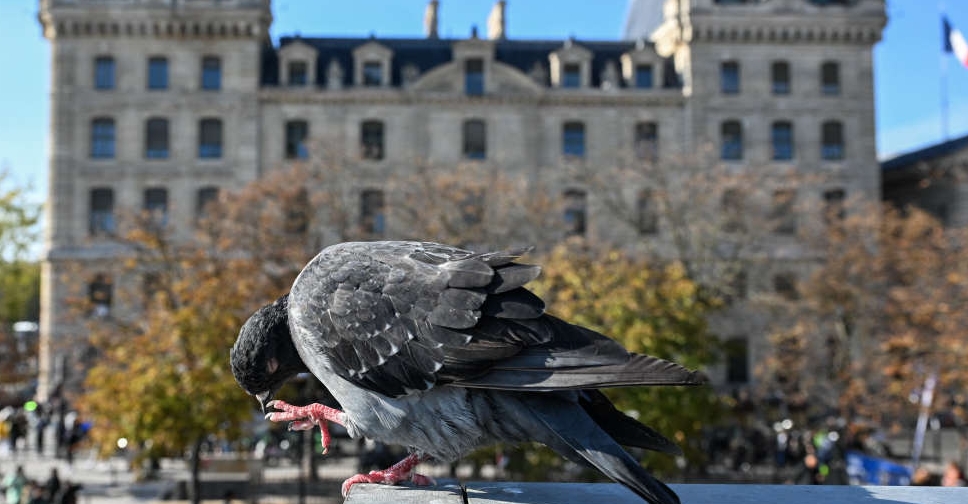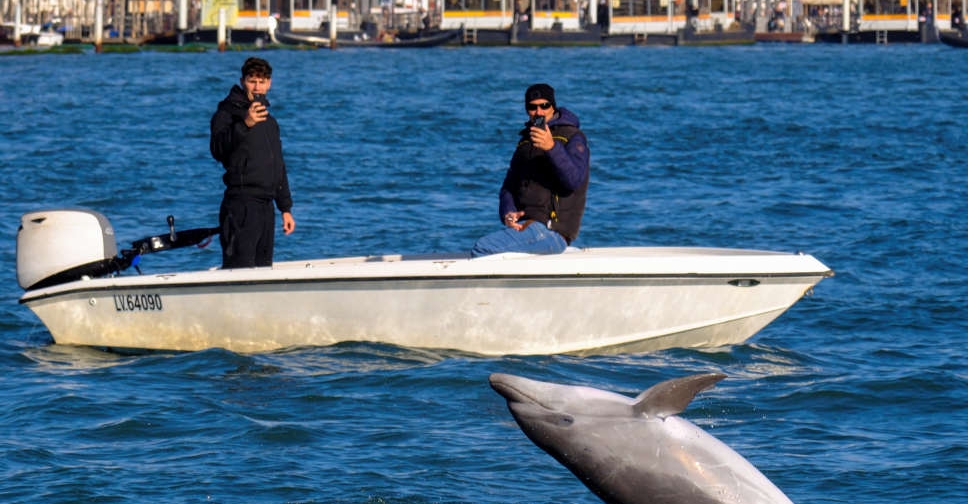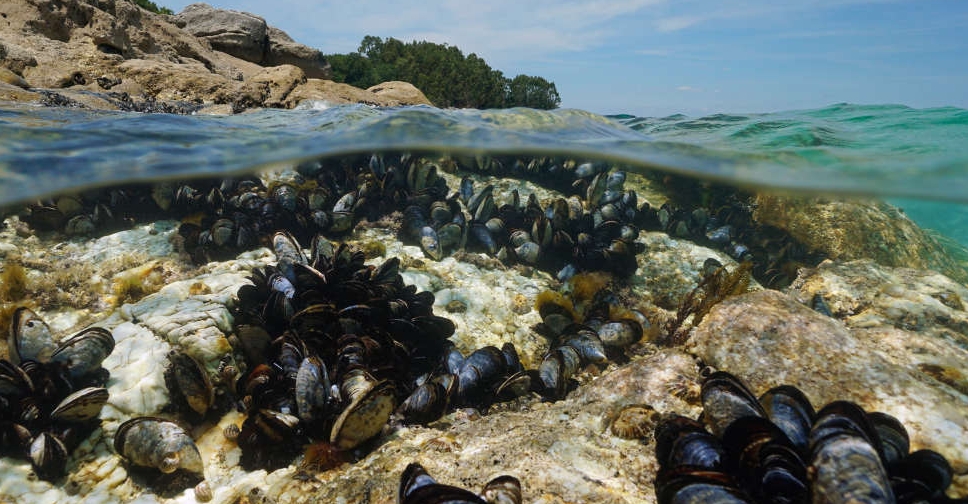
Canada's Lucara Diamond Corp has discovered a 2,492 carat diamond at its Karowe mine in Botswana, the company said, making it one of the largest stones ever to be excavated.
Lucara did not reveal the stone's gem quality but its size would make it the second largest rough diamond discovered to date, after the 3,106 carat Cullinan Diamond found in neighbouring South Africa in 1905. After being cut and polished, it became part of the British crown jewels.
The Karowe Mine is known for producing large stones, with other significant finds including the 1,758 carat Sewelô and the 1,109 carat Lesedi La Rona diamonds.
The company will present the diamond to Botswana's President Mokgweetsi Masisi on Thursday. Botswana is the world's top diamond producer by value.
The southern African country last month proposed a law that will ask mining companies, once granted a license, to sell a 24 per cent stake in mines to local investors unless the government exercises its option to acquire the shareholding.



 'No strings attached': Meet Paris' pigeon doctor
'No strings attached': Meet Paris' pigeon doctor
 'Mimmo' the dolphin delights Venice tourists, worries experts
'Mimmo' the dolphin delights Venice tourists, worries experts
 Frenchman finds $800,000 in gold bars and coins in his garden
Frenchman finds $800,000 in gold bars and coins in his garden
 Mussels reveal growing microplastic pollution in Greece's prized seas
Mussels reveal growing microplastic pollution in Greece's prized seas
 Mo Salah for President? Cameroon finds interesting electoral candidate
Mo Salah for President? Cameroon finds interesting electoral candidate




